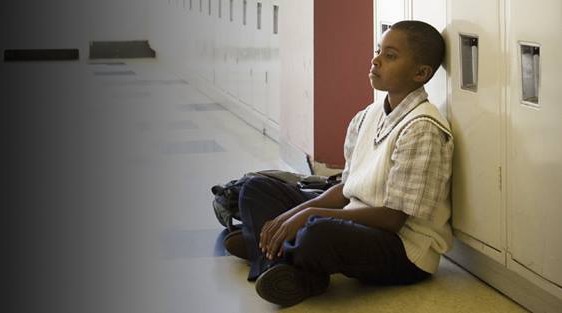Federal Funding, Zero Tolerance and Inadequate Alternatives mean that more states are policing schools with armed officers. Before the 1970’s police were almost absent from elementary and junior high schools.
Today, armed officers are dealing with an escalation of violence and criminal prosecutions for children as young as 6, 7 and 8. Prosecuting kids in place of using resources to help them adapt destroys the fabric of a child’s life and achieves the exact opposite of what children need and society expects from an elementary or junior high school experience.
There are a significant number of us who believe it more important to punish bad behavior in children than it is to help them develop the skills they need to live among us. When these folks hold sway in education, the institution suffers, the child suffers, and the community gains one more troubled adult a few years later. For too long, America has led the world in crime, incarceration, violence and troubled schools. While not the only reason, treating at risk children with behavioral problems as offenders instead of troubled youth has played a big role.
The articles below are obvious examples of policing and education gone wrong. No child should have to live with this kind of institutional abuse. ALL ADULTS ARE THE PROTECTORS OF ALL CHILDREN
When 14-year-old Ryan Turk cut ahead of the lunch line to grab a milk, he didn’t expect to get in trouble. He certainly didn’t plan to end up in handcuffs. But Turk, a black student at Graham Park Middle School, was arrested for disorderly conduct and petty larceny for procuring the 65-cent carton. The state of Virginia is actually prosecuting the case, which went to trial in November.
Changing the rules of the game requires federal, state, and local reforms. With little evidence that police in schools make students safer and plenty that they facilitate harm to students’ liberty and well-being, the Department of Justice should end the cops program’s SRO grants to districts. Taxpayers should not be on the hook for billions that promote unjust school conditions and put kids at greater risk of future involvement with the criminal justice system. And students should feel like they can talk to school officials when they have problems without forfeiting their constitutional rights and winding up in the back of police cars.





















